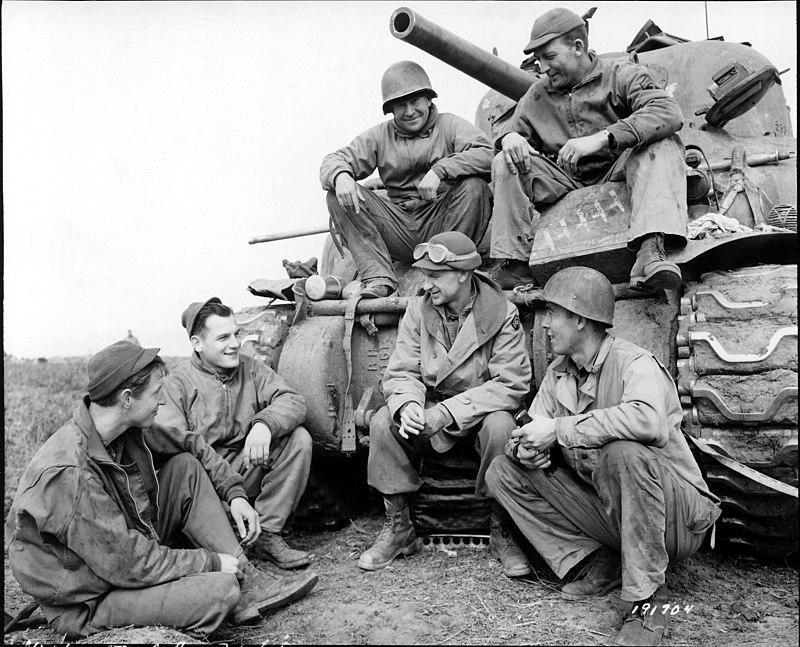Ernie Pyle was the most beloved war correspondent of World War II. He covered the war from North Africa to Northern France in the European theater before going to the Pacific to report on the Okinawa invasion.
“Brave Men,” originally published in 1944, is a classic collection of Pyle’s writings. It covers his activities from the invasion of Sicily in July 1943 through the liberation of Paris in August 1944. The book was made up of his newspaper columns. Some were updated to reflect changes since he wrote them, noting what happened to those he had written about.






